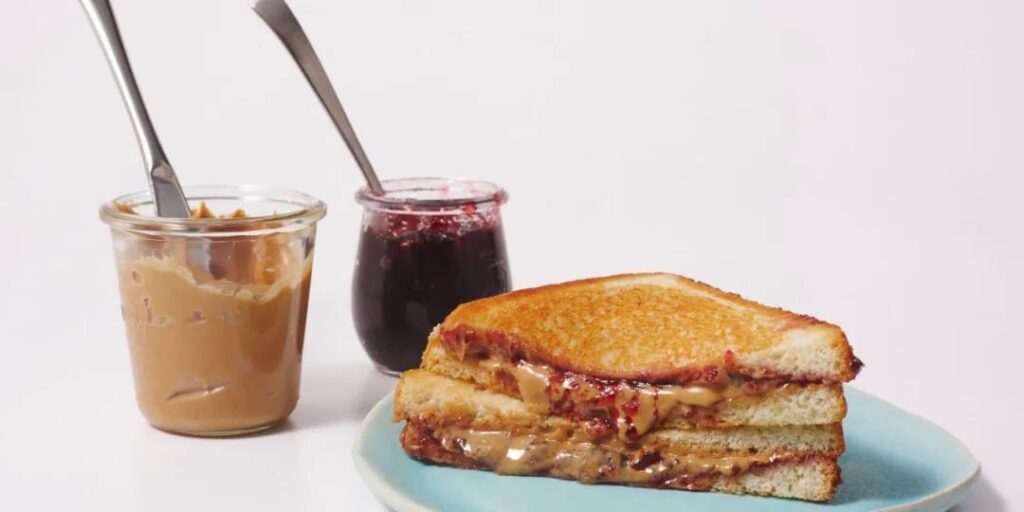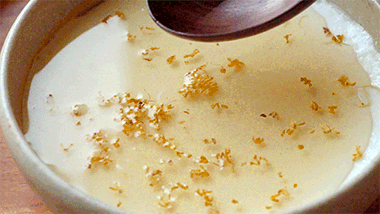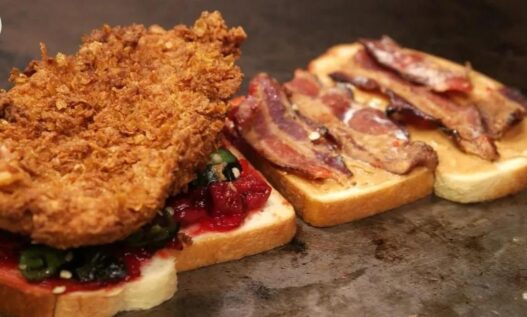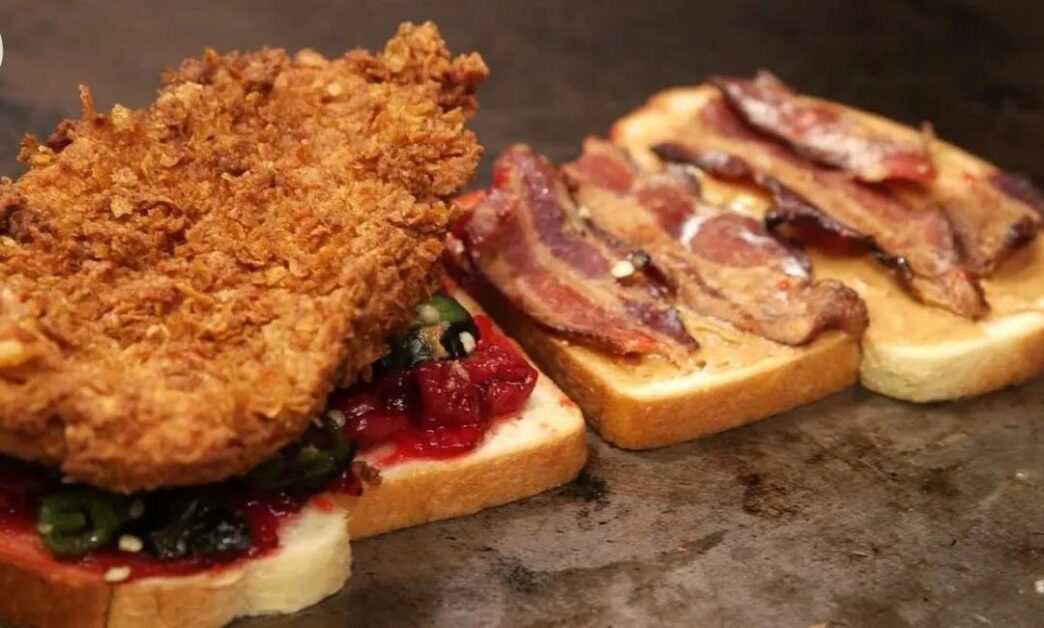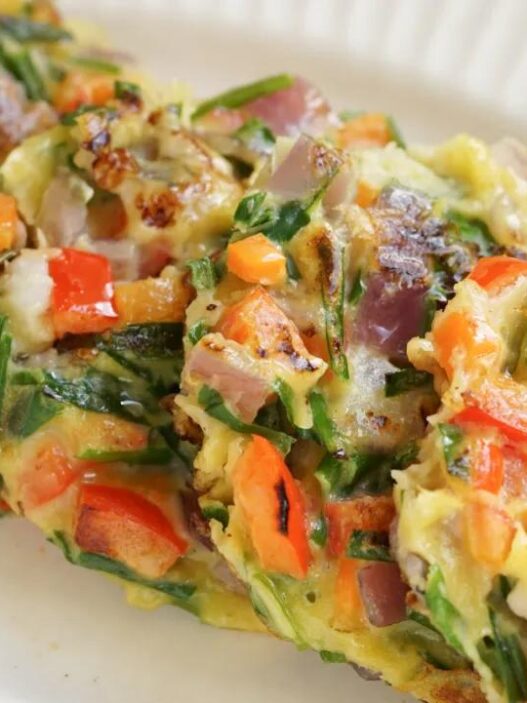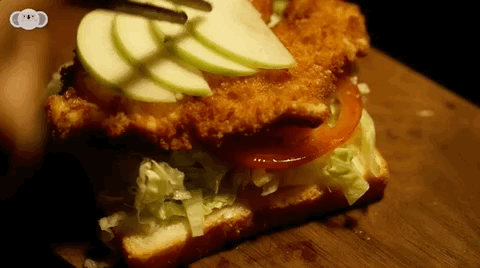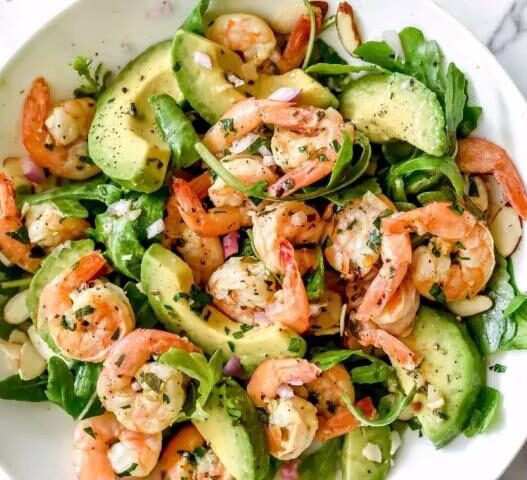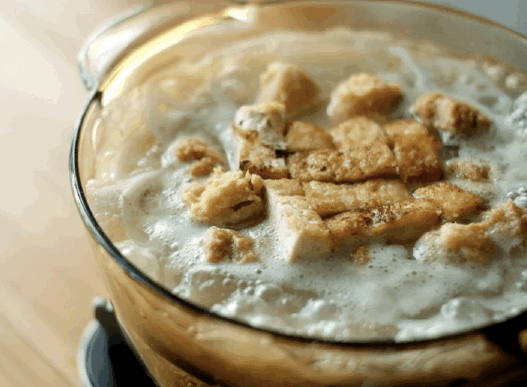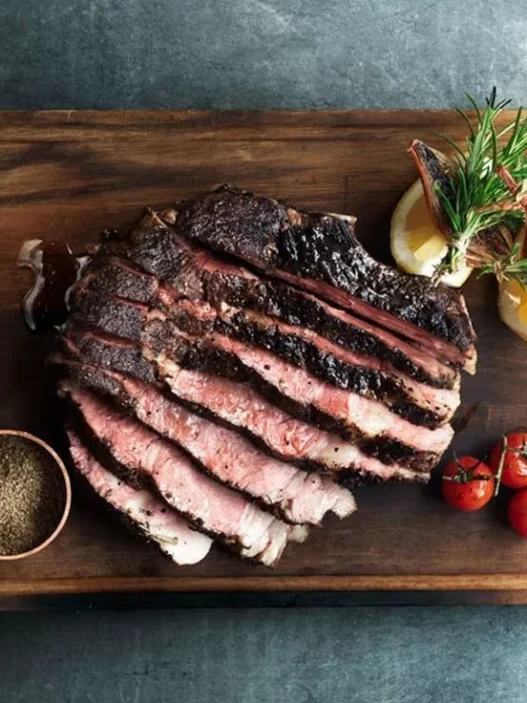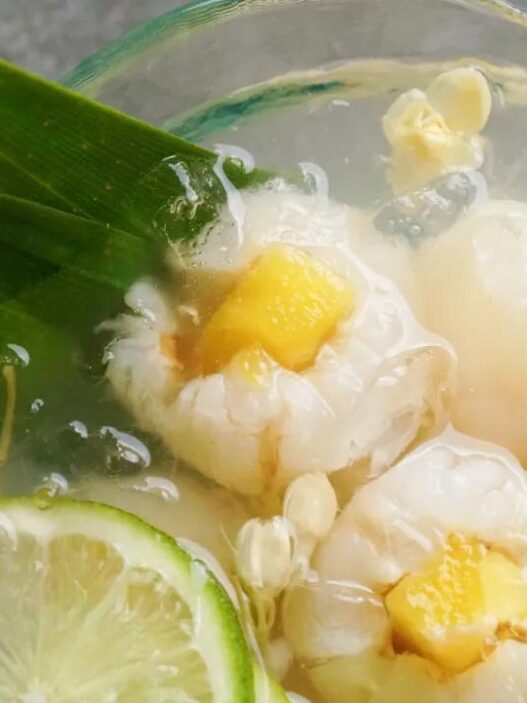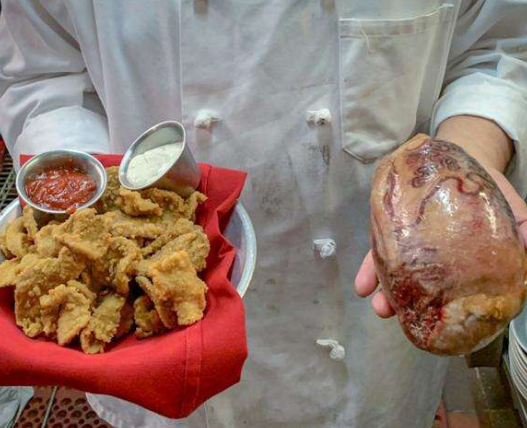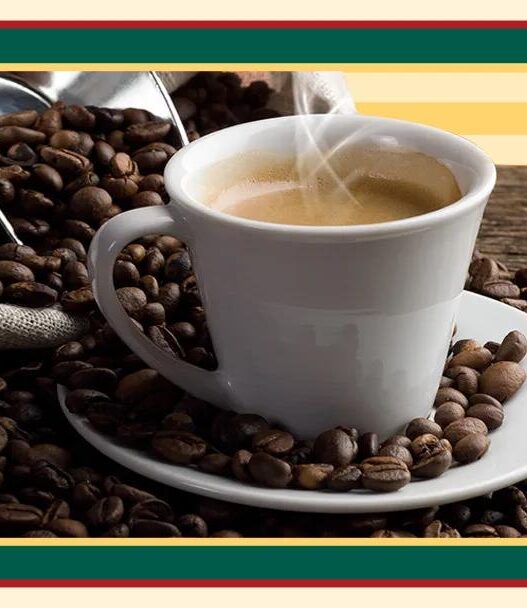Peanut Butter & Jelly: The Classic American Sandwich That Withstood Time
Peanut butter and jelly (PB&J) is a staple in American households, beloved for its rich taste and comforting qualities. This simple sandwich, consisting of creamy peanut butter and sweet fruit jelly, provides plenty of energy even without any meat. Despite its popularity, the origins of PB&J are quite fascinating.
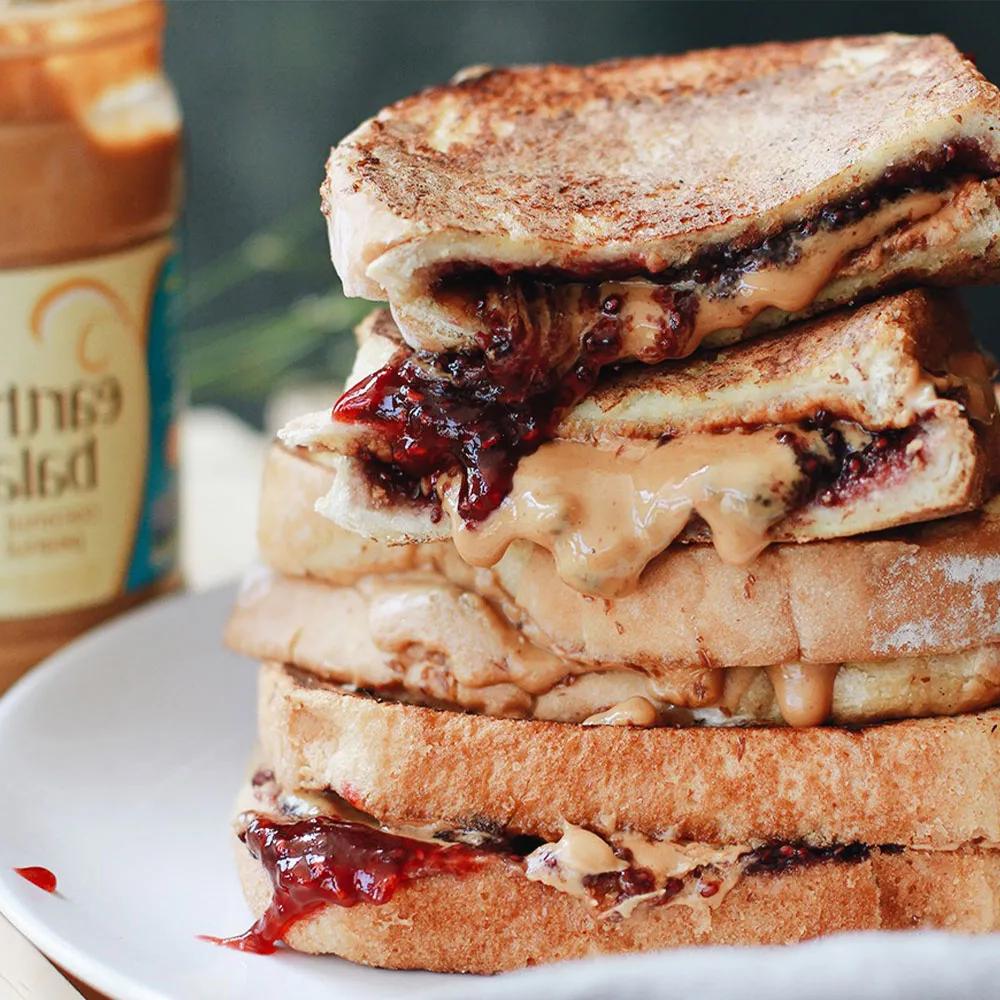
The Origins of Peanut Butter and Sandwiches
Although both peanuts and sandwiches are not native to America, their fusion has become an iconic part of American culture. Sandwiches, as we know them today, owe their name to an English nobleman, Earl of Sandwich. In the 18th century, Earl Sandwich, obsessed with gambling, requested his servants prepare a food that allowed him to eat without dirtying his hands. This led to the invention of the sandwich. Soon after, European colonists brought this food tradition to the Americas, and the sandwich became widely popular.
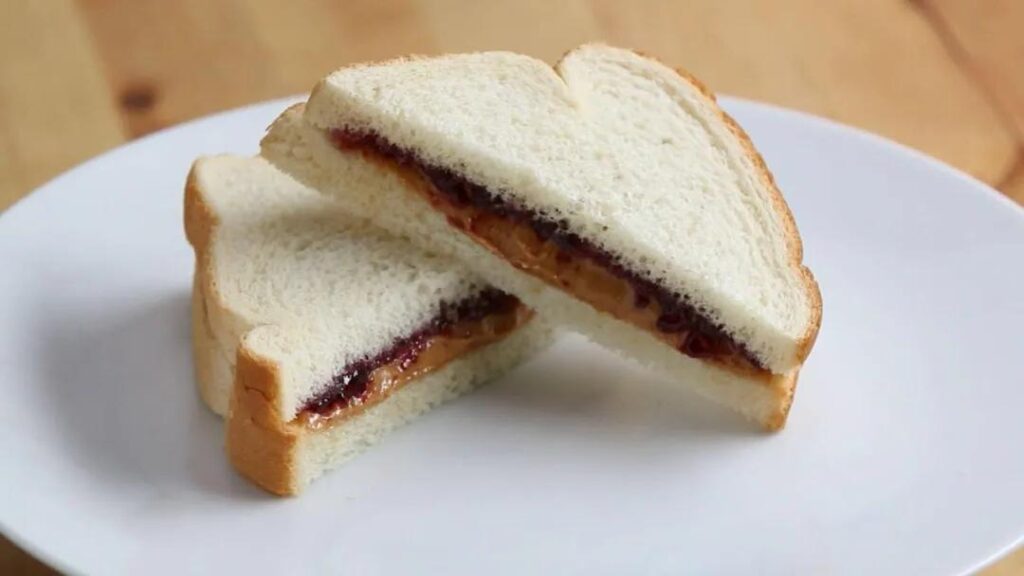
The Rise of Peanut Butter in America
Peanut butter was initially overlooked, but by the late 19th century, it gained popularity after being developed into a paste by Dr. Ambrose W. Straub of St. Louis in 1880. He created peanut butter to provide elderly patients with a nutritious, easy-to-eat food. In 1904, peanut butter was showcased at the St. Louis World’s Fair and became an instant hit.
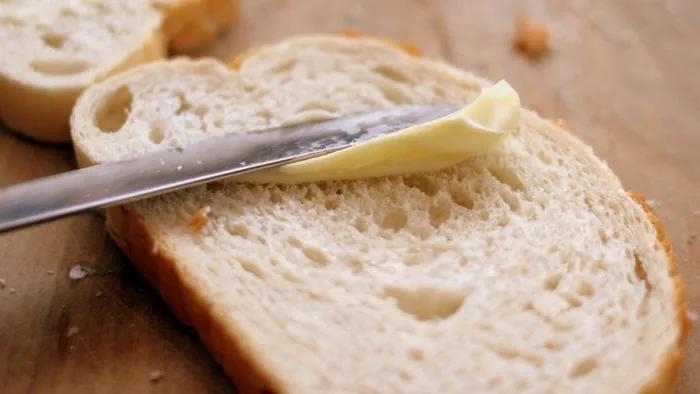
Peanut butter was versatile, and Americans quickly paired it with bread. By the early 20th century, street vendors began selling jars of peanut butter, and it became common at upscale tea rooms and offices as a healthy alternative to butter.
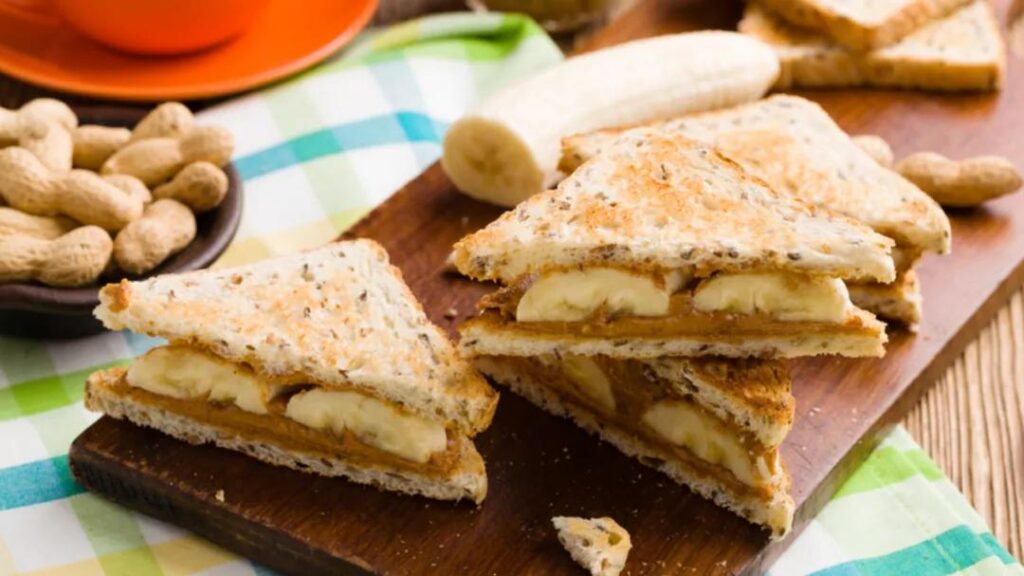
The Role of Peanut Butter and Jelly in the Great Depression
During difficult times, such as the Great Depression and World War II, peanut butter and jelly sandwiches were a quick and cheap source of nutrition. When meat and fresh produce were scarce, soldiers used peanut butter and jelly as a protein substitute. These sandwiches gained popularity among soldiers and quickly became a go-to food for many Americans.
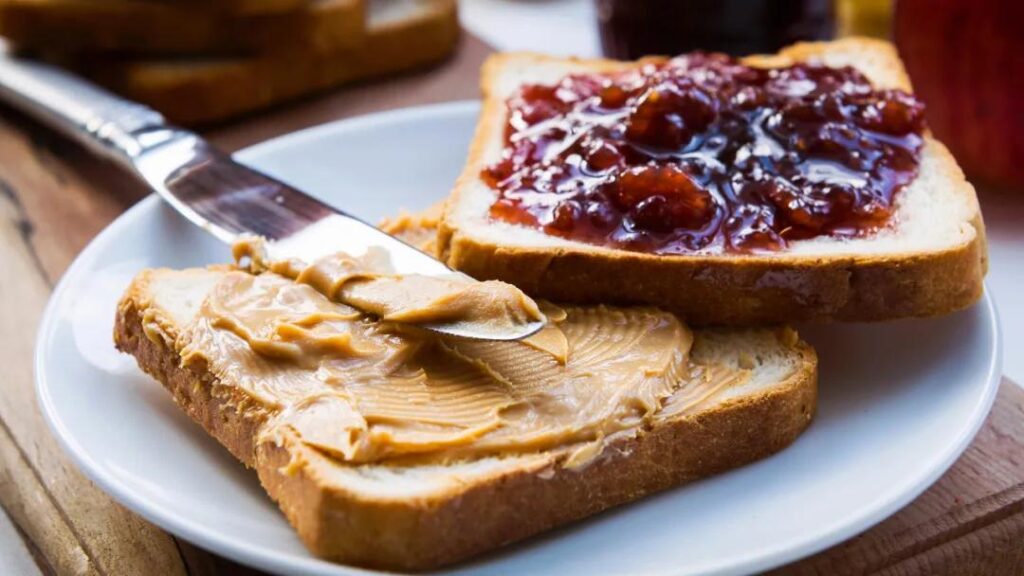
The Rise of PB&J as a National Icon
During the Great Depression, agricultural experts encouraged farmers to switch from cotton to peanuts, which led to a surge in peanut production. By 1916, George Washington Carver had published a guide detailing 105 ways to use peanuts, encouraging American families to make peanut butter a staple.
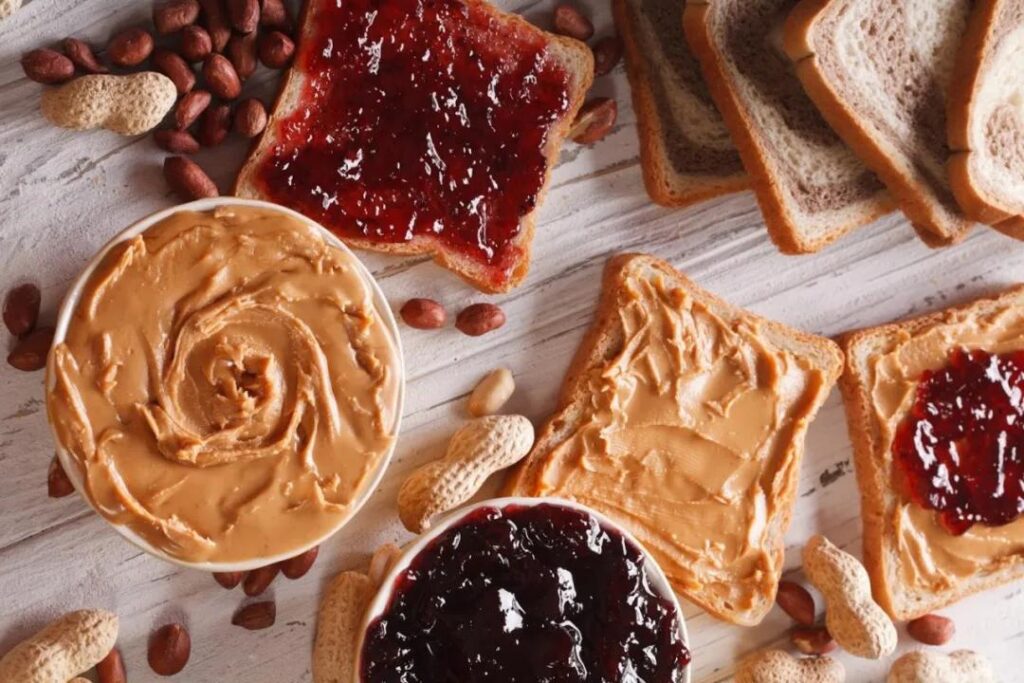
As a result, PB&J sandwiches became a regular meal for American children. With a low cost, high nutritional value, and ease of preparation, PB&J became the go-to lunch for many kids. According to studies, by the time they graduate from high school, American children consume, on average, 1,500 PB&J sandwiches, a true testament to their enduring popularity.
Peanut Butter and Jelly Sandwich Recipe (Serves 2)
Ingredients:
- 4 slices of bread
- 4–6 tablespoons peanut butter
- 2–3 tablespoons berry jam
Instructions:
- Spread peanut butter evenly on one side of each slice of bread to prevent sogginess.
- On two slices of bread with peanut butter, spread a layer of berry jam.
- Place the remaining slices of bread on top. Enjoy immediately or wrap it in foil or plastic wrap for a packed lunch.
